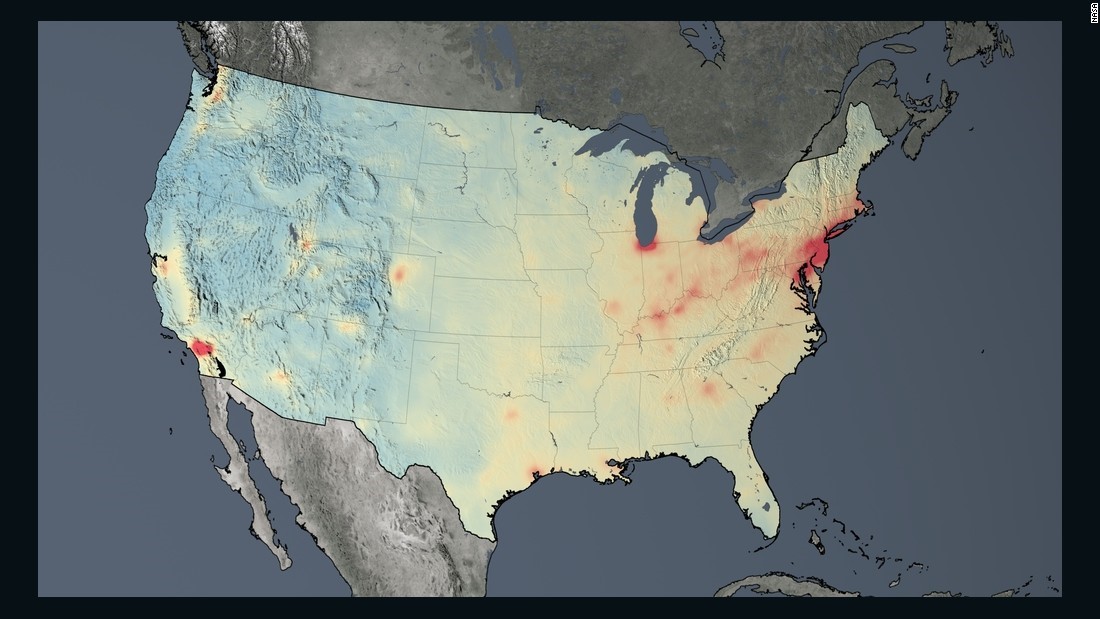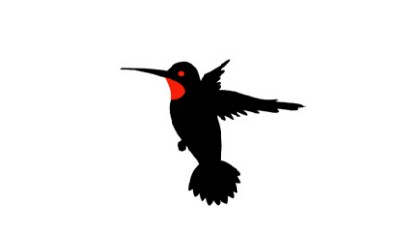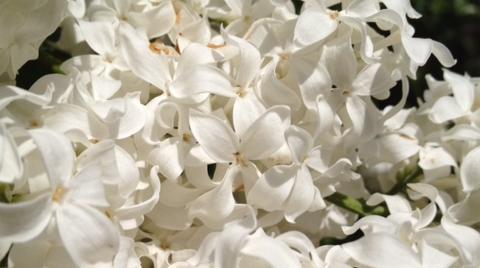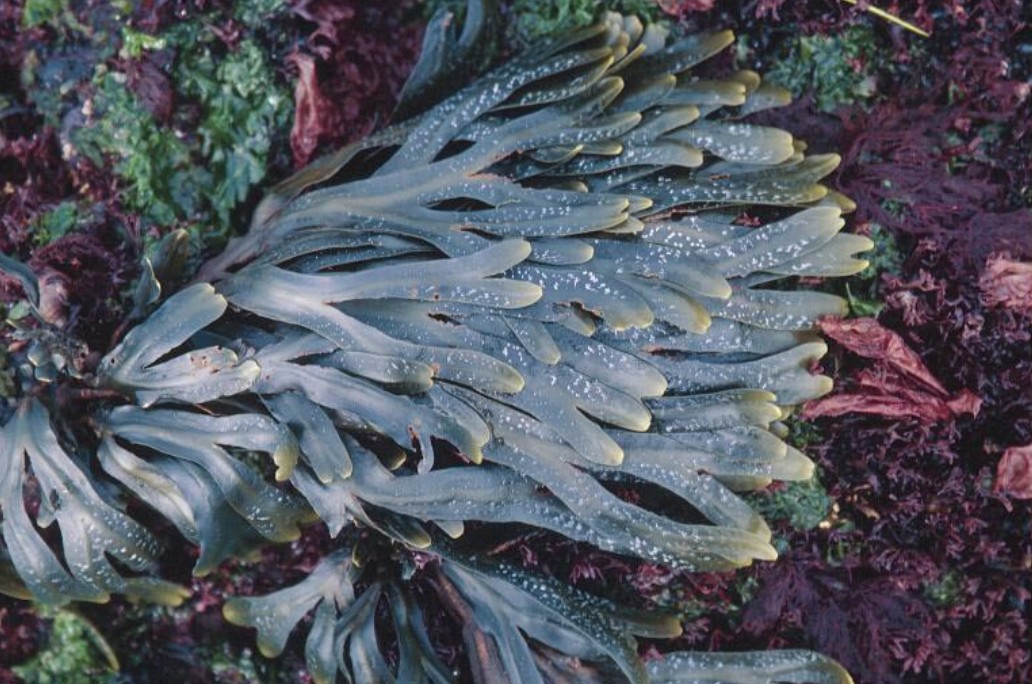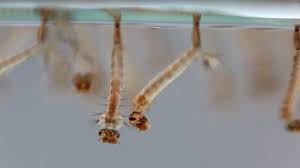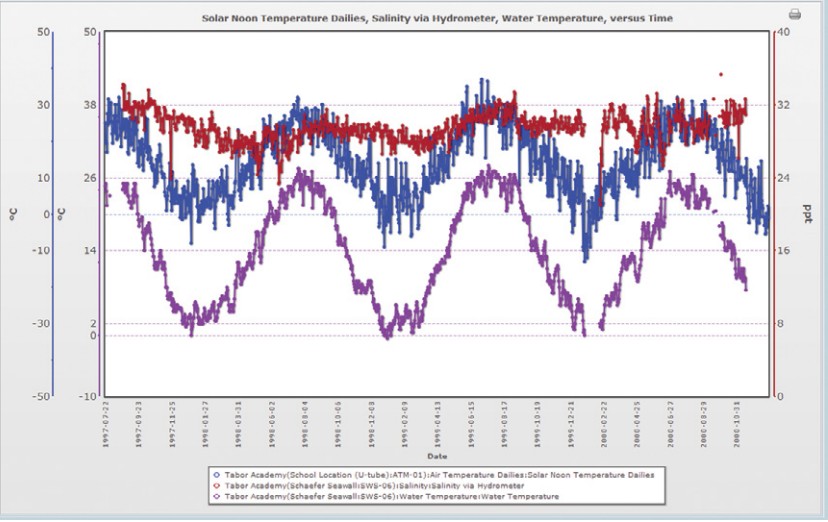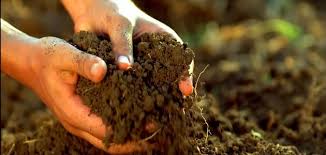In this protocol, students measured ozone concentrations in the atmosphere at the ground level by exposing a chemically sensitive strip to the air and then using an ozone strip reader.
Deactivated Protocols
Deactivated GLOBE Protocols
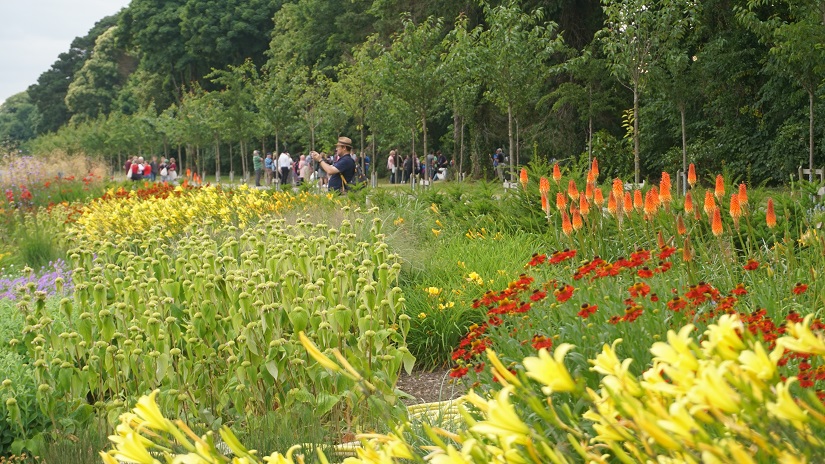
In 2020, the GLOBE Implementation Office (GIO) worked with the Science Working Group to gather feedback from the GLOBE community about GLOBE's protocols. The Science Working Group then developed evaluation criteria to identify protocols for potential deactivation. The factors considered in this process include low data submissions, instrumentation issues, the overall use of the protocol and ease of implementation in classroom settings. The criteria selected directly relate to GLOBE's goals in science and education, the protocol's implementation in a learning environment and its possible societal impacts.
Protocol Deactivation Process
Once a protocol is deactivated, data for that protocol cannot be entered into the database; however, historical submitted data and materials will still be available for download. The GLOBE Program will not provide updated resources for a deactivated protocol. All data visualizations and tools supporting data retrieval for the protocol will be removed.
Before a protocol is deactivated, existing measurement data will be archived and available as a data file for download. Teaching and learning materials associated with the deactivated protocol will still be available as well. If a deactivated protocol is later determined to be in the best interest of GLOBE's mission, some or all of the protocol may be reactivated.
Deactivated Protocols
Explore the deactivated protocol resources and historical data submissions below:
Atmosphere
Biosphere
In this protocol, students observed the arrival and departure of ruby-throated hummingbirds, monitored hummingbird visits to flowers and feeders, and observed the birds' nesting behavior.
In this protocol, students recorded plant phases like first leaf, first bloom, end of bloom and other plant phases to determine seasonal variations of the lilac plant.
In this protocol, students observed the arrival and departure of ruby-throated hummingbirds, monitored hummingbird visits to flowers and feeders, and observed the birds' nesting behavior.
In this protocol, students observed the arrival and departure of ruby-throated hummingbirds, monitored hummingbird visits to flowers and feeders, and observed the birds' nesting behavior.
In this protocol, students measured classified and counted the reproductive phenological phases on different species of seaweed.
Hydrosphere
In this protocol, students looked for possible mosquito breeding habitats and reported any mosquito larvae found in water.
In this protocol, students measured the salinity of a salty or brackish water sample using a hydrometer and thermometer.
Pedosphere
In this protocol, students used meter readings from soil moisture sensor blocks to develop a calibration curve for soil water content at depths of 10 cm, 30 cm, 60 cm and 90 cm.






